The kind of car you drive says a lot about your personality. And there are a ton of things people say about Corvette drivers, their gold chains, Hawaiian shirts, and the possibility they could be going through a midlife crisis.
At the end of the day, we can laugh it off as car banter and stereotypes. Corvettes aren’t really all that bad. Are they? After all, it’s enjoyed the longest vehicle production run in GM (after the Surbaban). In sales lingua, that stands for something, right?
Well, the Chevrolet Corvette is arguably the most American sports car in the world. In case you are running short of things to say about this glorious American sports car – the following are 24 things you didn’t know about the Vette.
The Initial Target Corvette Prototype Price Was $2,000
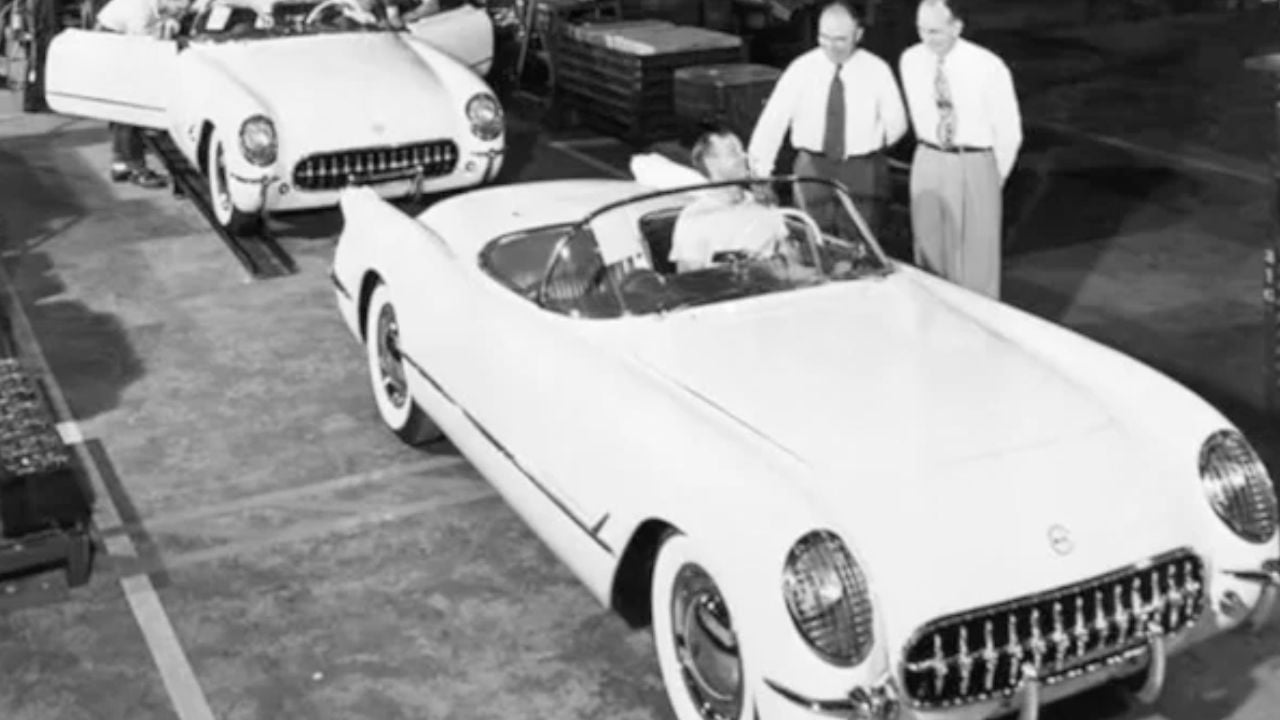
Chevrolet Corvette designer Haley Earl initially designed the Corvette with a target price of $2,000 – which is unrealistic today. Its initial name was ‘Project Opel,’ and when it was first introduced in 1953, it sold for a little over $3,450. The only options were an AM radio and a heater – at a cost of $145 and $91, respectively.
The ’53 Corvette Didn’t Come With Exterior Door Handles
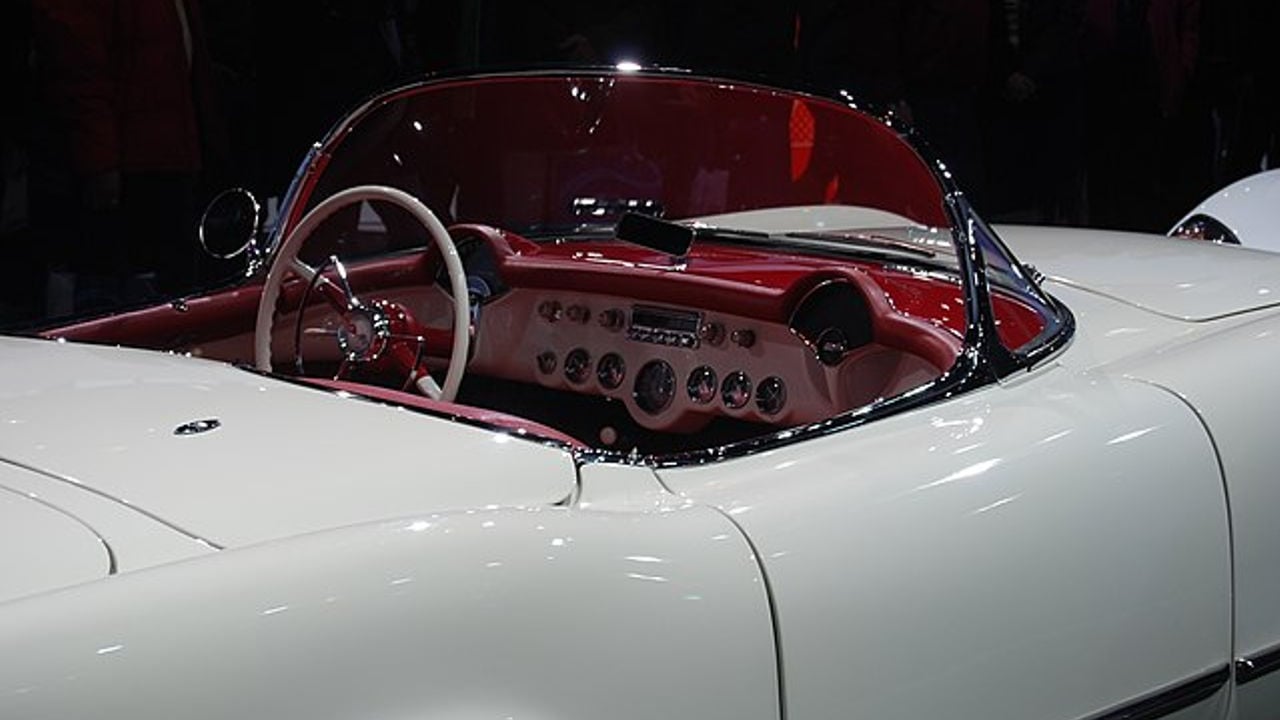
Imagine a car with no exterior door handles. How are you supposed to get in and drive? Well, that’s how the 1953 rolled out. Only 300 of these birds were produced, and they were all convertibles. You couldn’t roll down the side windows either – you had to manually remove them. It gets worse. The 53’ model didn’t come with exterior door handles, and you had to use the handles inside to open the door.
There’s More to Early Corvettes and Jaguar XK120 Than Resemblance
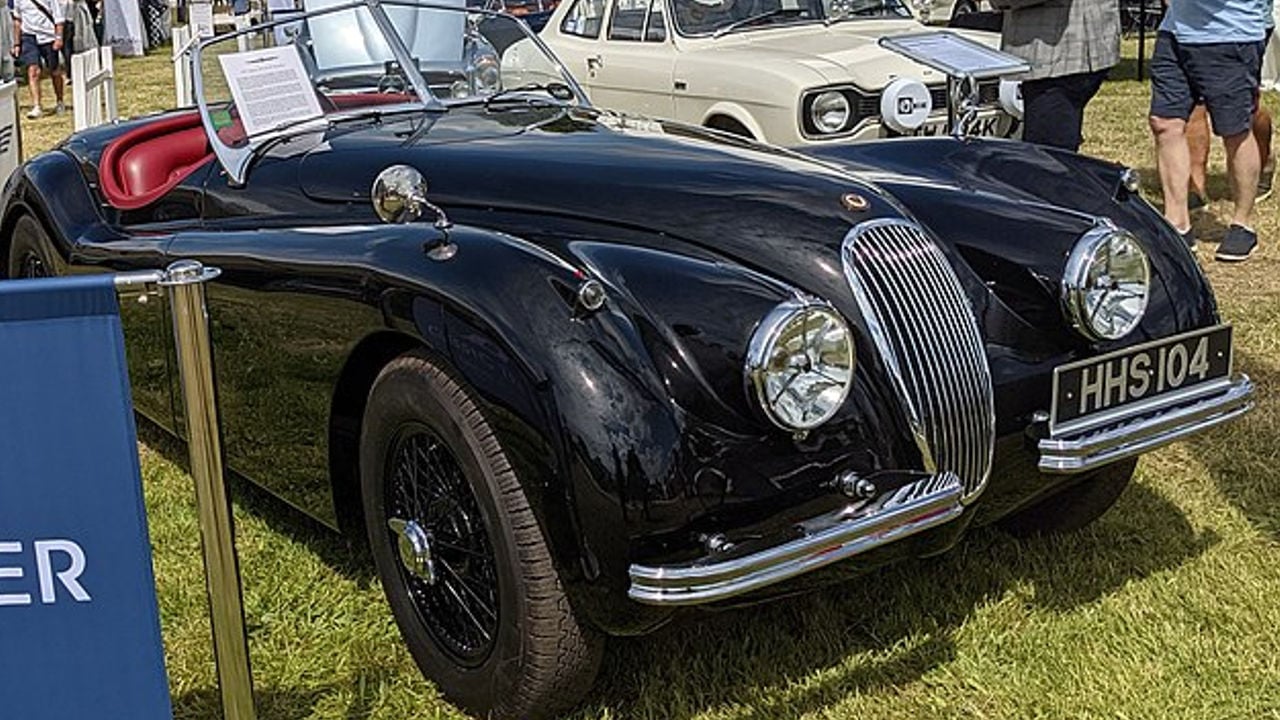
You don’t have to be a rocket scientist to figure out early Chevrolet Corvettes and the classic Jaguar XK120 look like. Here’s the truth: designer Harley Earl, while developing ‘Project Opel,’ the first Corvette prototype, drew some inspiration from the Jaguar XK120 to design the Vette’s sleek body. He also took inspiration from early BMWs, Mercedes, and Porsche – but the classic Jaguar stuck out.
The Famous Split Window Design Only Ran for One Year
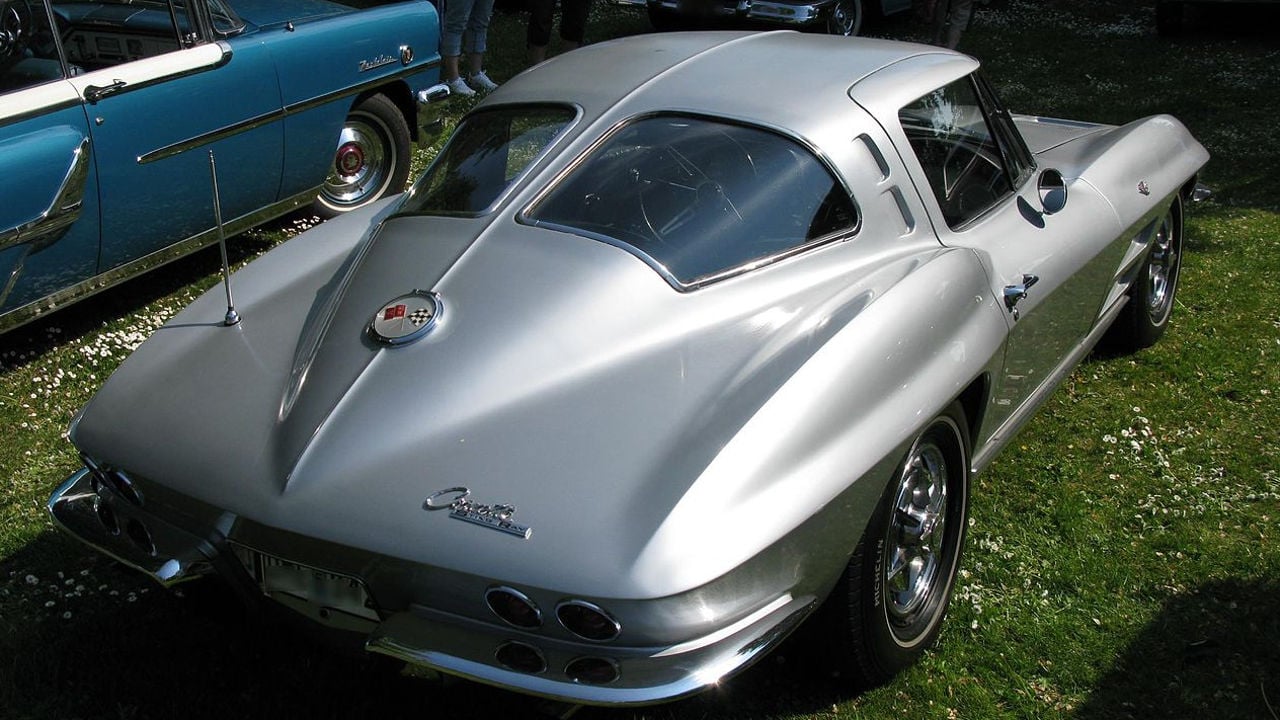
One of the famous early features of the Chevrolet Corvette was the split rear windows. The ‘63 Corvette comes to mind, and for die-hard Corvette enthusiasts, this model year was the height of classic Corvettes. But there was one big problem: the split window on the ‘63 Corvette was expensive to make and an obstruction on the rearview mirror. Furthermore, rifts between the designers worsened the redesign process, and it faded out for the 1965 model year.
Pioneered the Wraparound Windshield
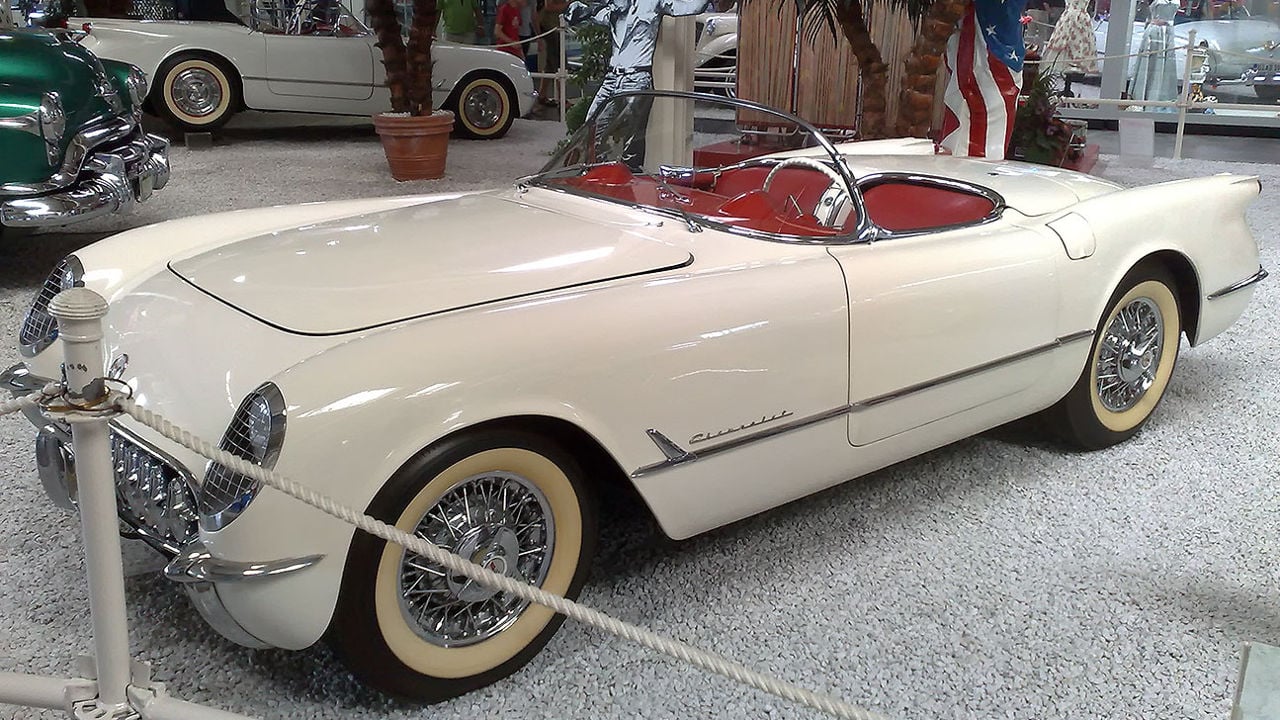
It might not be the most significant invention to roll out from GM’s assembly lines. Still, the 1953 Chevrolet Corvette, together with a few other models from General Motors, pioneered the wraparound windshield. Since it was one of the first mass-production cars to use this iconic design, it paved the way for its popularity among other car makers in the 1950s.
It Was Part of a Popular ’60s TV Show
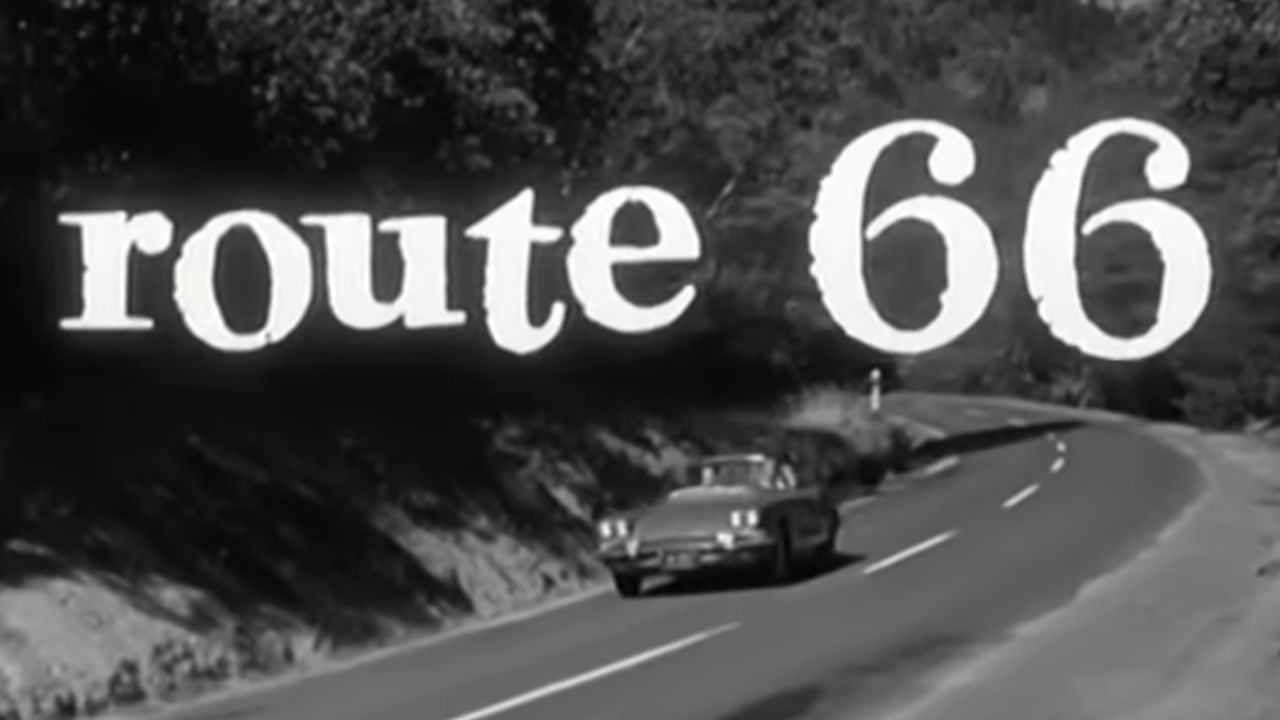
Car culture is more popular on social media and platforms like YouTube today. In the ’60s to the ’90s, and even the ’00s, car culture was popular on TV. General Lee, a 1969 Dodge Charger featured in The Dukes of Hazzard (1979 – 1985), an E34 BMW 525i in Seinfeld (1989 – 1998), and a 1994 Toyota Supra MK IV in Fast and the Furious (2001) film. In the 60s, the 1963 Chevrolet Stingray was the star of the TV series Route 66 (1960).
Named After a Warship

To most people, the Corvette only means one thing—an American sports car. But for people who served in the Navy in the 17th Century, the Corvette had a different fight to win, away from the asphalt. The Corvette name was initially used on a warship (one grade below the frigate) with a single tier of guns. Like the Chevy Corvette, these ships were quick, strong, and easy to maneuver.
The Corvette Song Is One of the 500 Greatest Songs of All Time
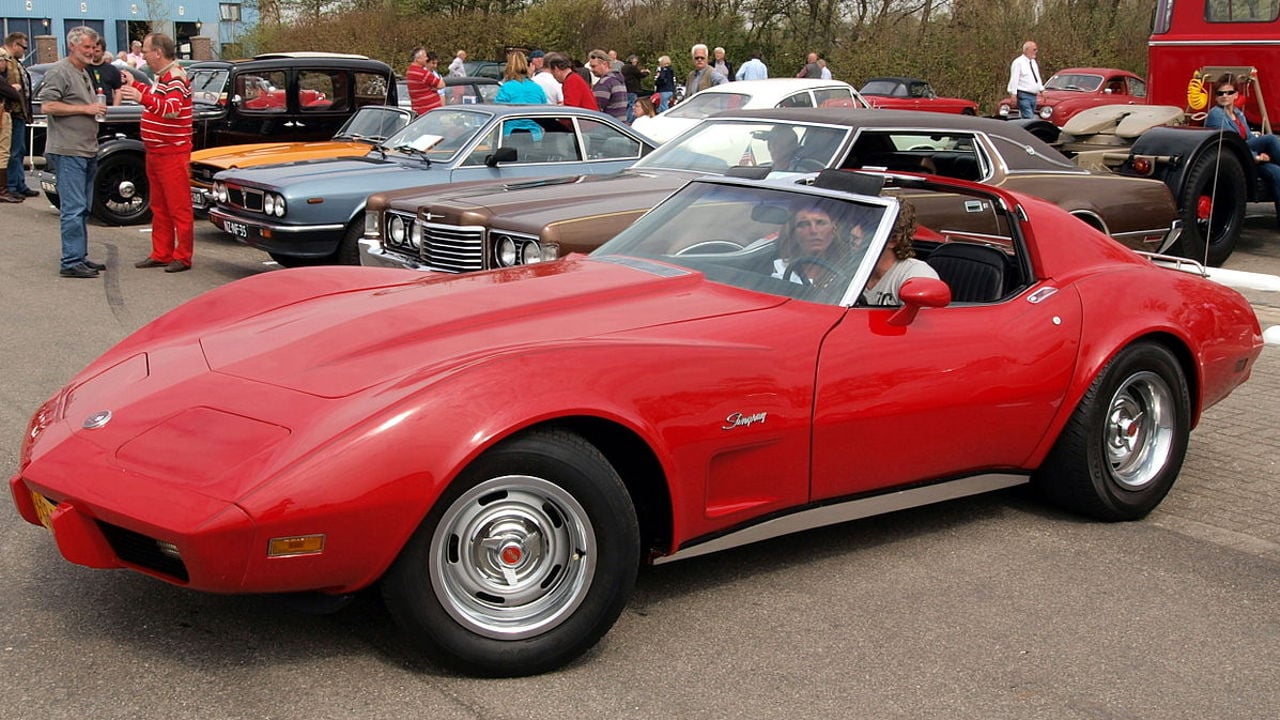
The Corvette might have gotten its inspiration from classic Jaguars, but the all-time hit song Little Red Corvette (1983) by Prince was curated after the pop star fell asleep in his backup singer’s car. Nope, it wasn’t a Corvette but a Mercury Montclair Marauder. Let’s just say the lyrics make much more sense if the car was a Corvette and not a full-size sedan from the blue oval. Rolling Stone Magazine ranks The song as one of the 500 greatest songs of all time.
There Was a Special Corvette Designed for Astronauts
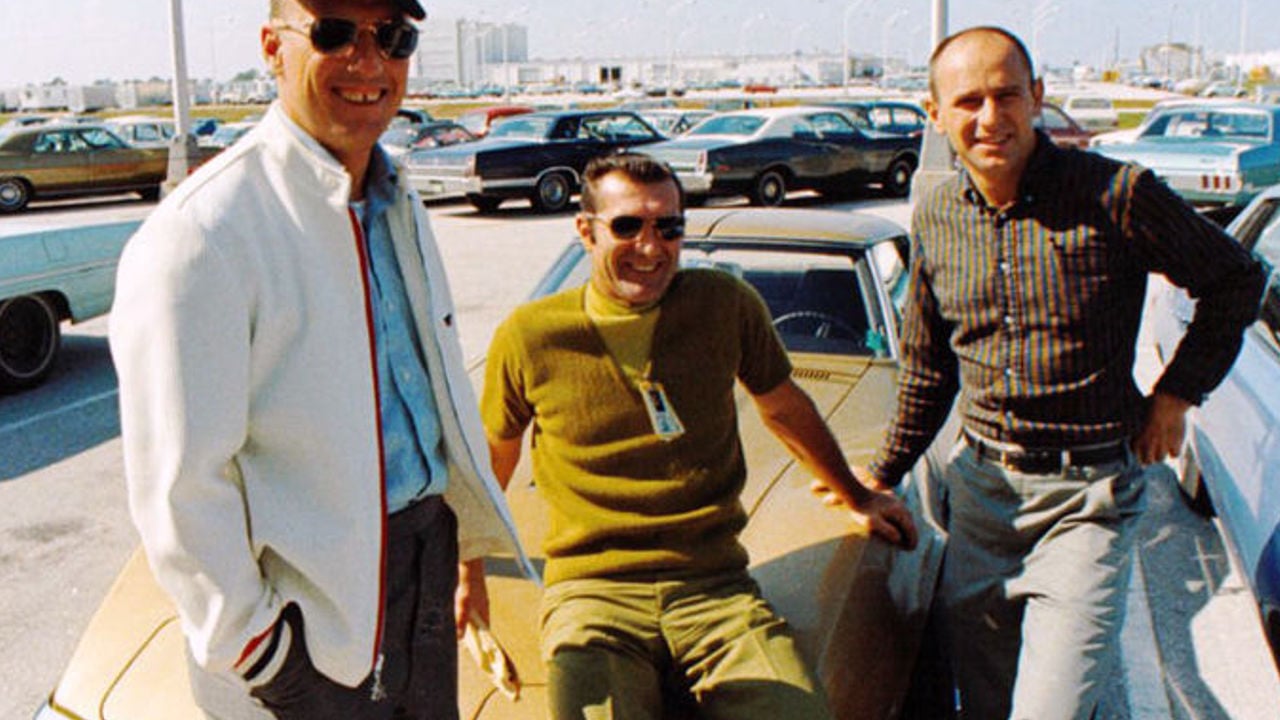
Over the last couple of years, there’s been a lot of controversy over the moon landings. Regardless of what happened, it makes up for an exciting part of aeronautical history. Other than getting recognition and prestige in the books of history globally – NASA astronauts also had a special Corvette deal with GM. With approval from GM corporate, three members of the Apollo 12 crew team got matching 427 Stingrays with an iconic gold and black blend famously known as the ‘AstroVettes.’
The Corvette C5-R Once Dominated Ferrari and Maserati
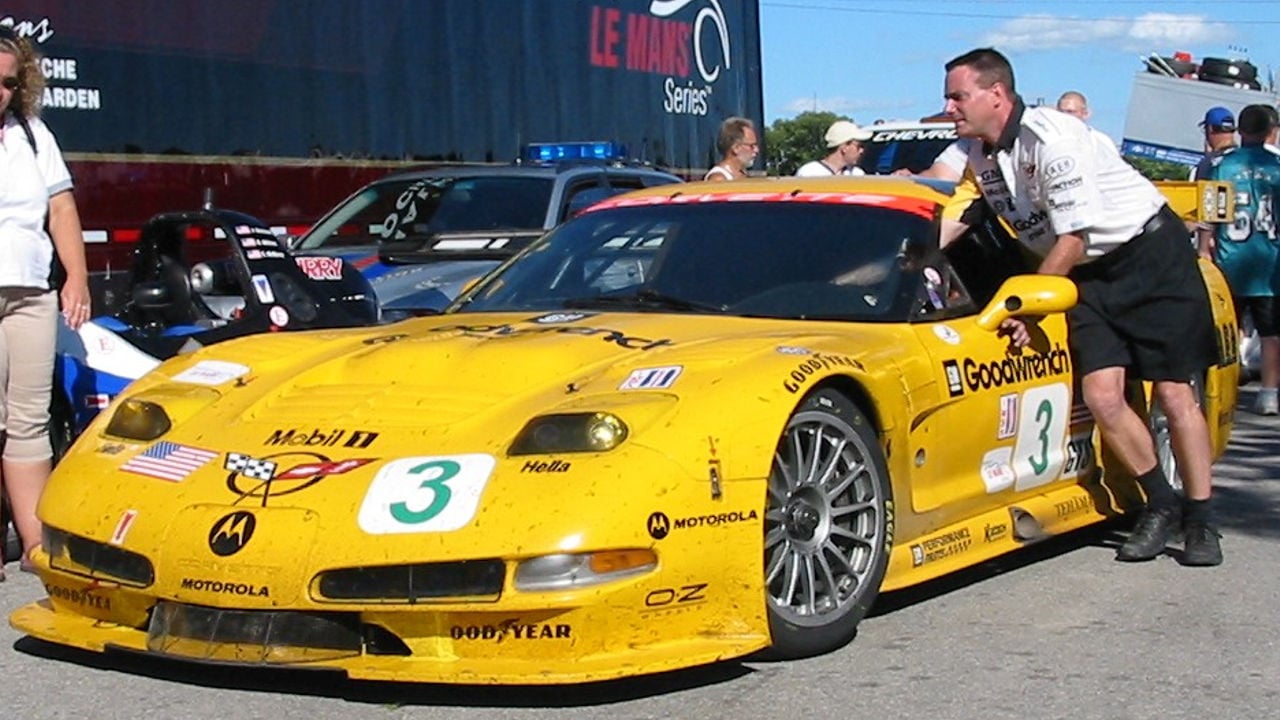
America and Europe have had a long-standing war when it comes to performance cars, especially when it comes to endurance racing. The Ford and Ferrari feud might have been the most dramatic; however, in the early 2000s, two years after the Corvette Racing arm debut, the C5-R Corvette annihilated Ferrari and Maserati at Le Mans, winning two times in a row in 2001 and 2002, and following up in 2004.
First American Vehicle To Offer First American Vehicle To Offer 1 HP per Ci
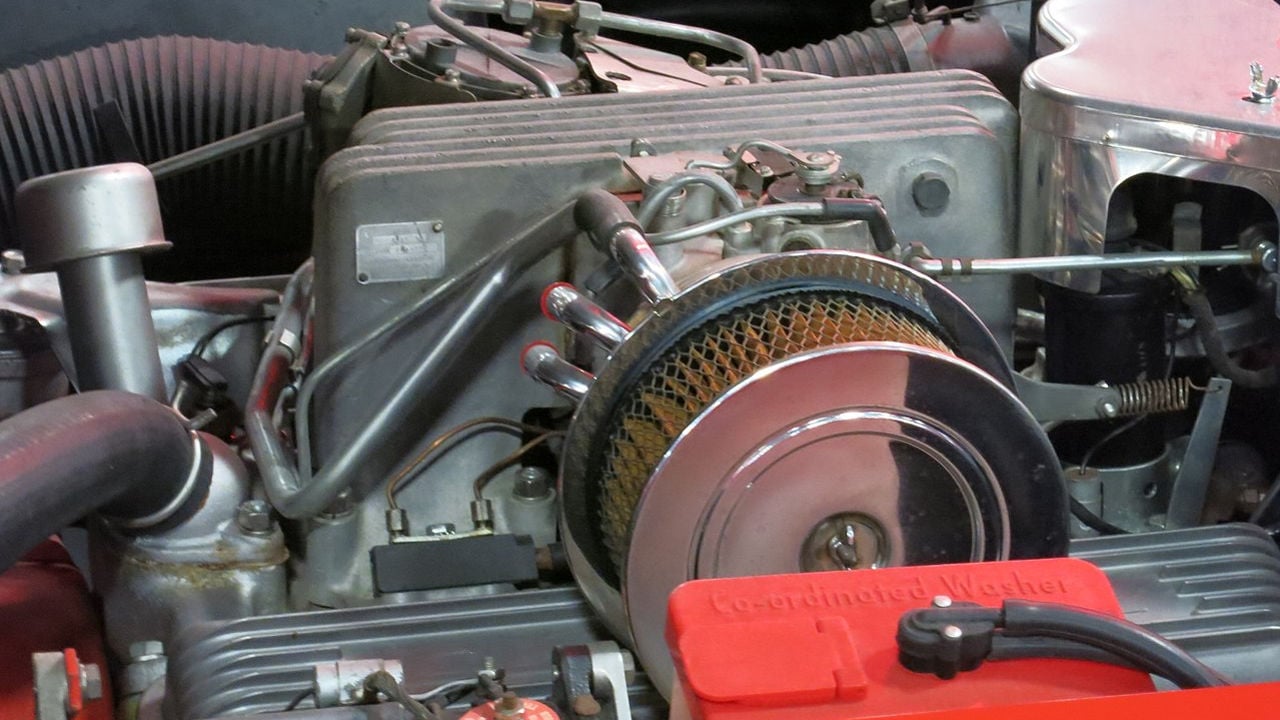
Pioneers get all the glory. Anyone who comes after is just following in the foottracks. The 1957 Corvette was the first American car to offer one horsepower per cubic inch. The mechanical fuel injection system by Chevrolet in collaboration with GM’s Rochester Carburetor code-named 579B was considered the first time an American mass-production car hit the one hp per cc (one horsepower per cubic-inch) displacement at 283 hp for 283 ci.
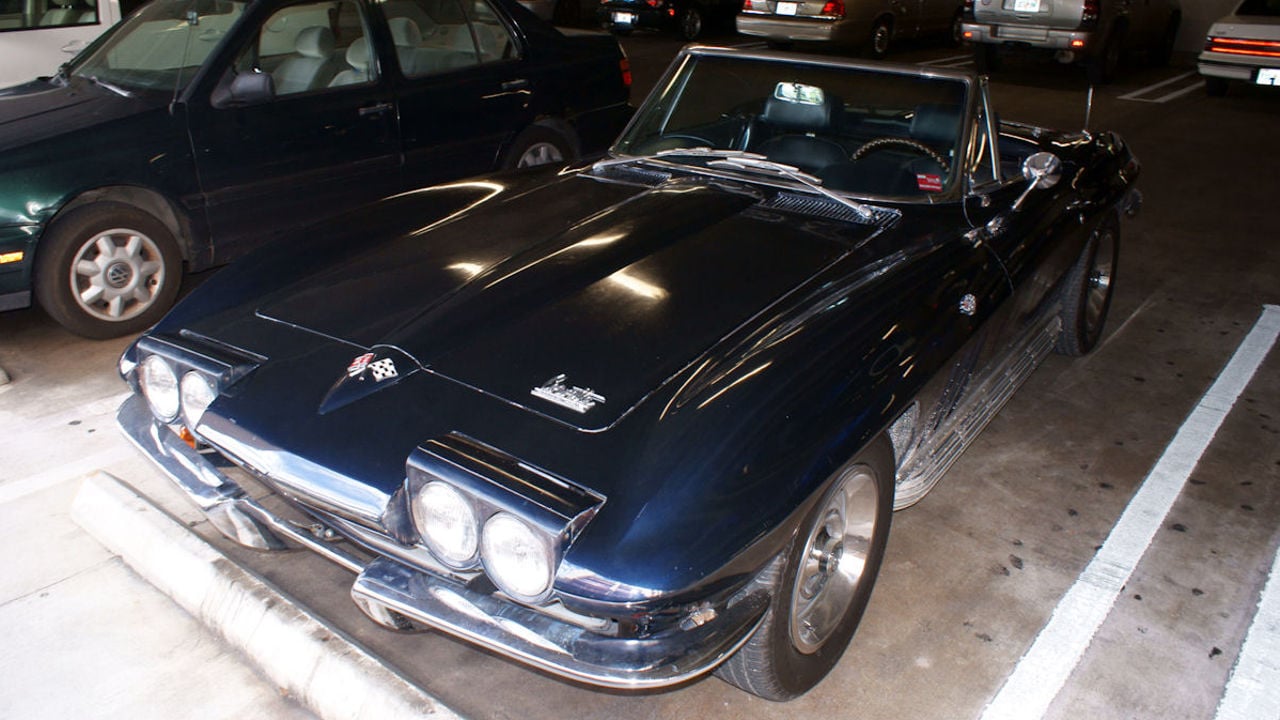
You’ve got to love the pop-ups; it’s a pity they don’t make them anymore. However, in the 80s and 90s, some of the most iconic retro features on cars were the pop-up headlights. From the RX-7, the Porsche 944, MK1 Supra, and even the MX5 – they were glorious, to say the least. What you might not know is the 1963 Corvette was the first to feature hideaway headlights. The pop-up headlight stuck on the Vette to the sixth generation, which later came with fixed lights.
Corvette Didn’t Have a Trunk for More Than Two Decades
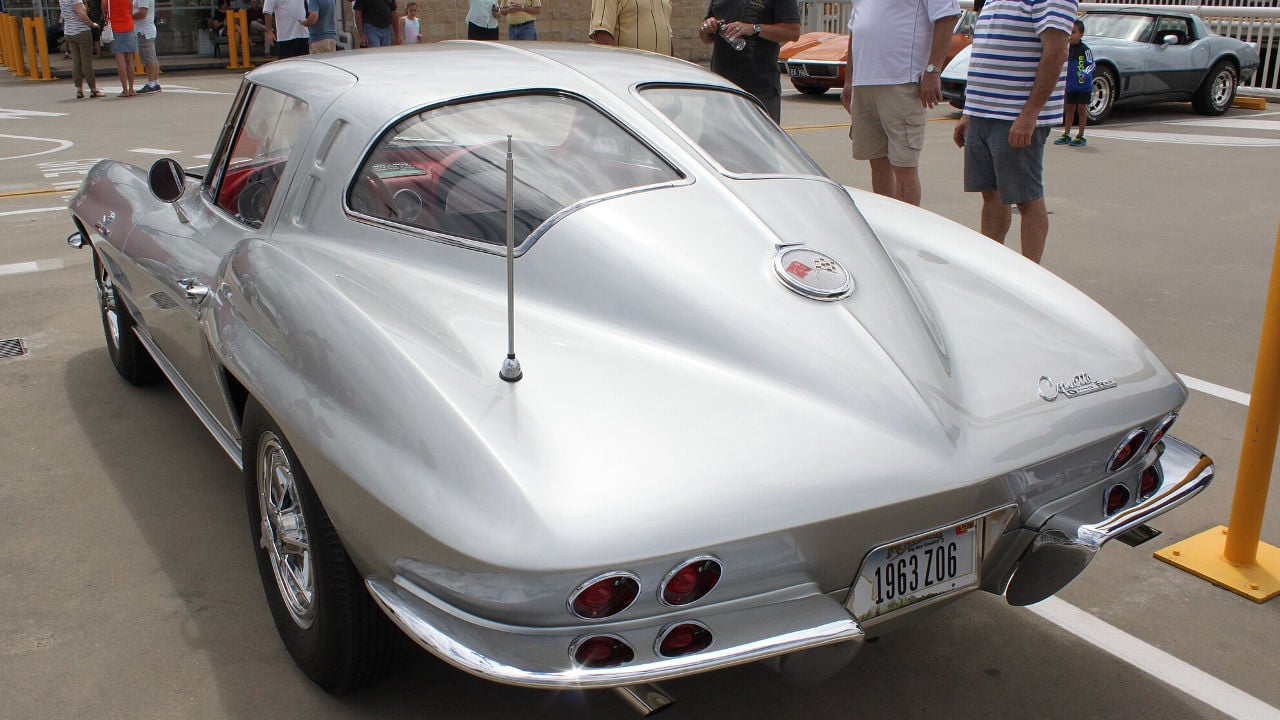
You might not think about it much, but what if you could only access your car’s trunk from the rear behind the seats? Well, that was the case with the Corvette for 20 years, from 1963 to 1982. The Vette simply came without a trunk or rear hatch. After 1982, the Corvette had a hinged class that let you access the cargo area. It was only in 1998 that it featured a trunk.
Hertz Got a Special Edition of the Corvette Courtesy of GM

Car rental company Hertz might have overcome financial hurdles over the last couple of years leading to Tesla. However, it has enjoyed a long, illustrious relationship with GM with special edition Chevrolet Corvettes. So far, there have been five Hertz Special Edition Vettes. However, the pioneer was the 1963 Chevrolet Corvette Ski Car. They were fitted with a ski rack and snow tires to entice vacationers in Denver.
The Original Sting Ray Vette Was an Inspiration by an Actual Shark
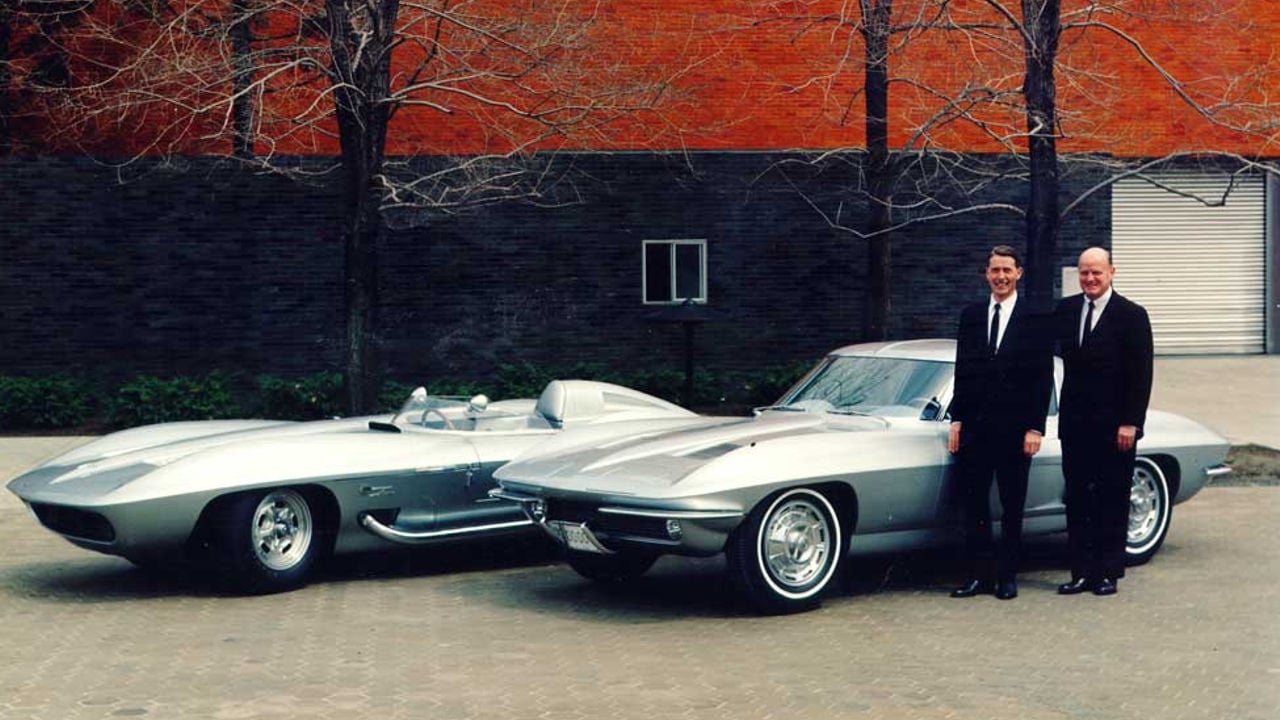
Many American vehicles, such as the Dodge Viper, Plymouth Barracuda, Shelby Cobra, and even the Ford Mustang, are inspired by animals. Well, the Corvette Stingray got its inspiration from an actual Mako Shark. According to car circle rumors, Sting Ray’s designer Bill Mitchell got the idea for the prototype after a fishing expedition based on the appearance of the shark he caught. Cool story!
The 09 ZR1 Was the First Vette Pushed Over the 201 Mph Mark
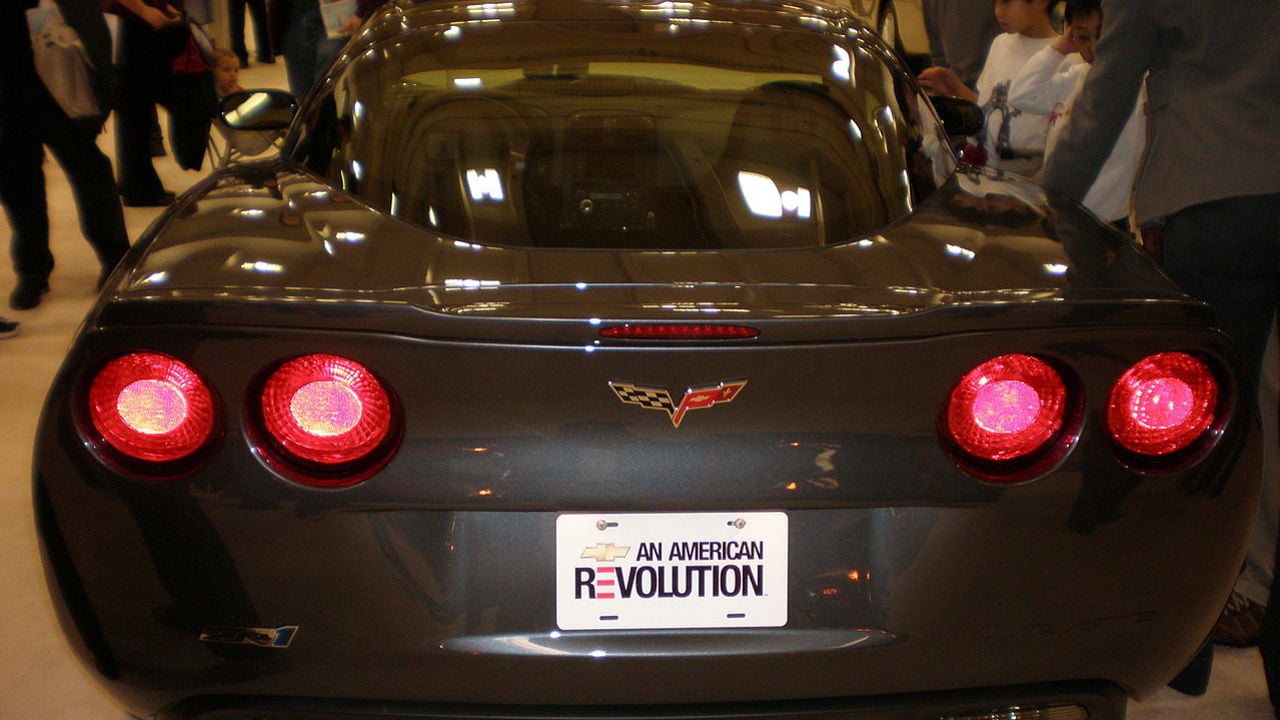
The 2009 C6 ZR1 was the quickest and most expensive Corvette ever produced. GM wanted to offer supercar performance for a little over $100,000. The C6 packed an LS9 V8 capable of 638 horsepower and 595 pounds of torque. It was the first Vette to break the 200 mph mark. It was born from the then GM chairman Rick Wagoner’s need to develop the ultimate Corvette car.
The Original Corvette Logo Was Illegal
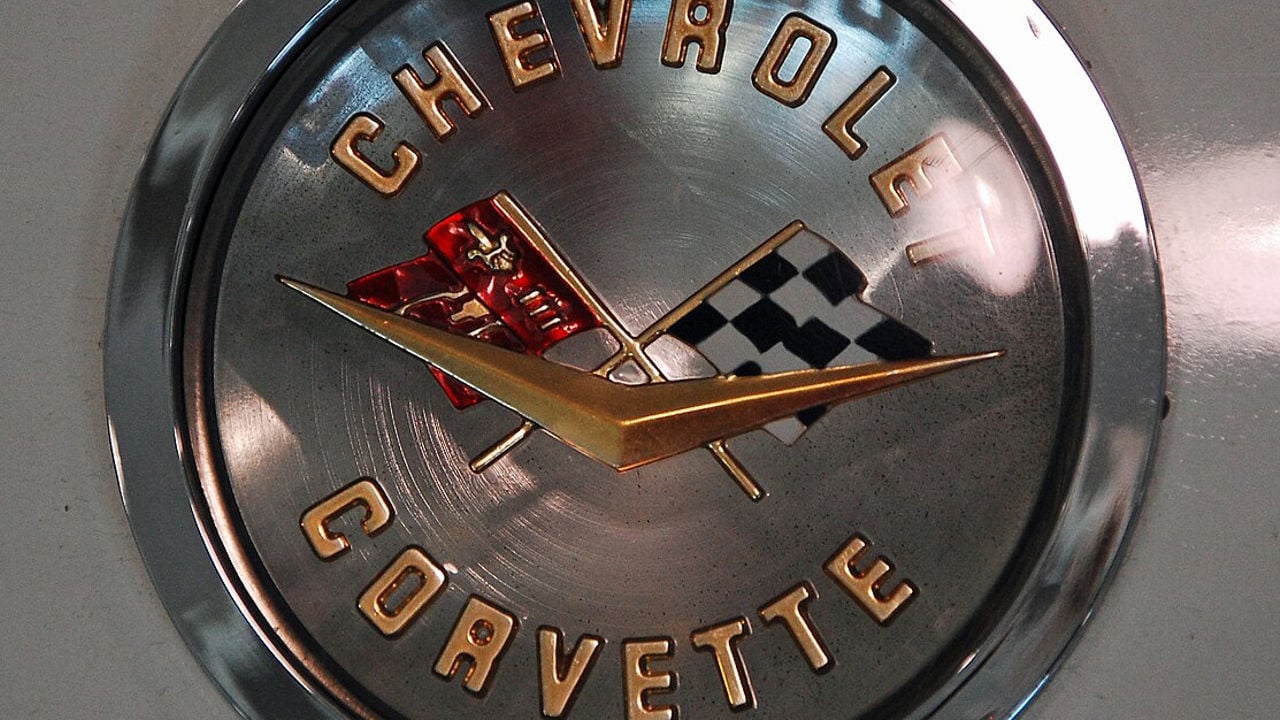
Initially, the Chevrolet Corvette logo was a checkered flag crossed with an American flag. Fortunately, this badge was stopped from making it into production with four days remaining. GM executives realized at the nick of time that it was illegal to use the United States of America flag on production model vehicles. It was immediately changed to include the bow tie and fleur-de-lis.
The First Production Corvettes Were Designed in Fiberglass
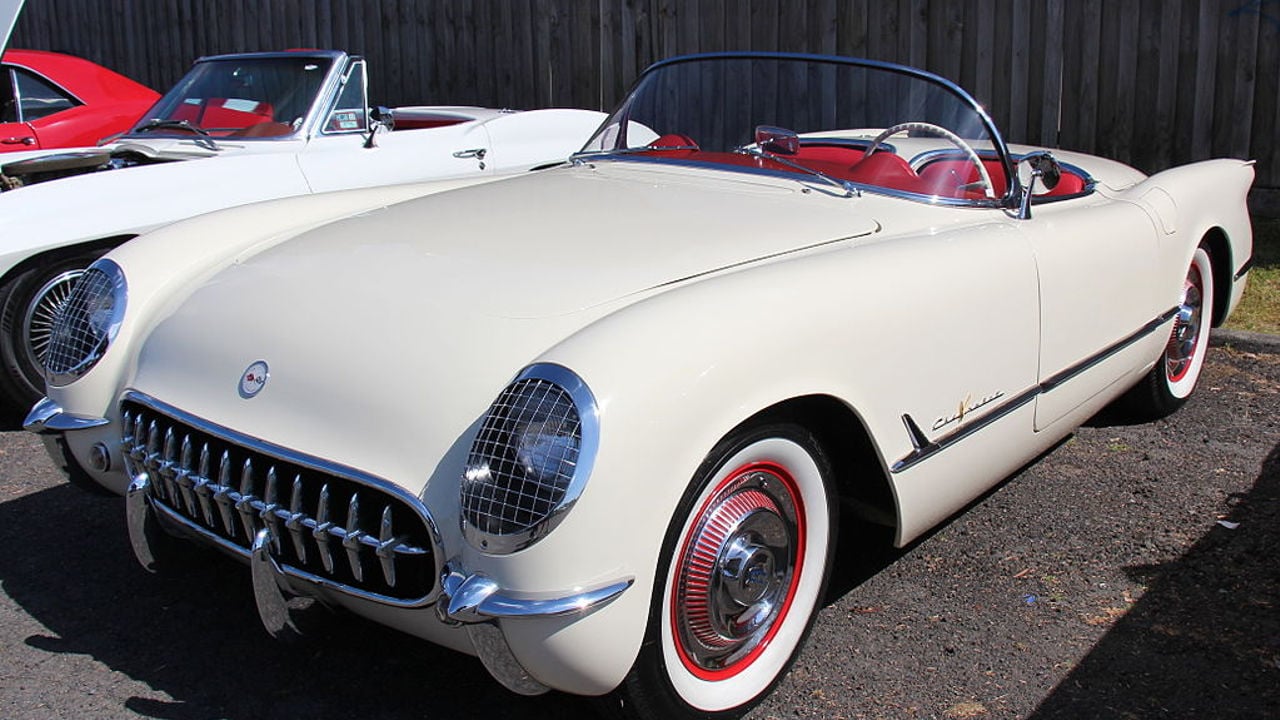
The most preferred material for weight reduction in sports cars today is carbon fiber. In 1953, most automobiles were made of steel, and Corvette’s move to fiberglass was as exciting as carbon bits and trims on sports cars today. The T-top (removable panels) was made with fiberglass and came with colors that matched the body.
The 1983 Vette Is a Unicorn Among All Corvettes
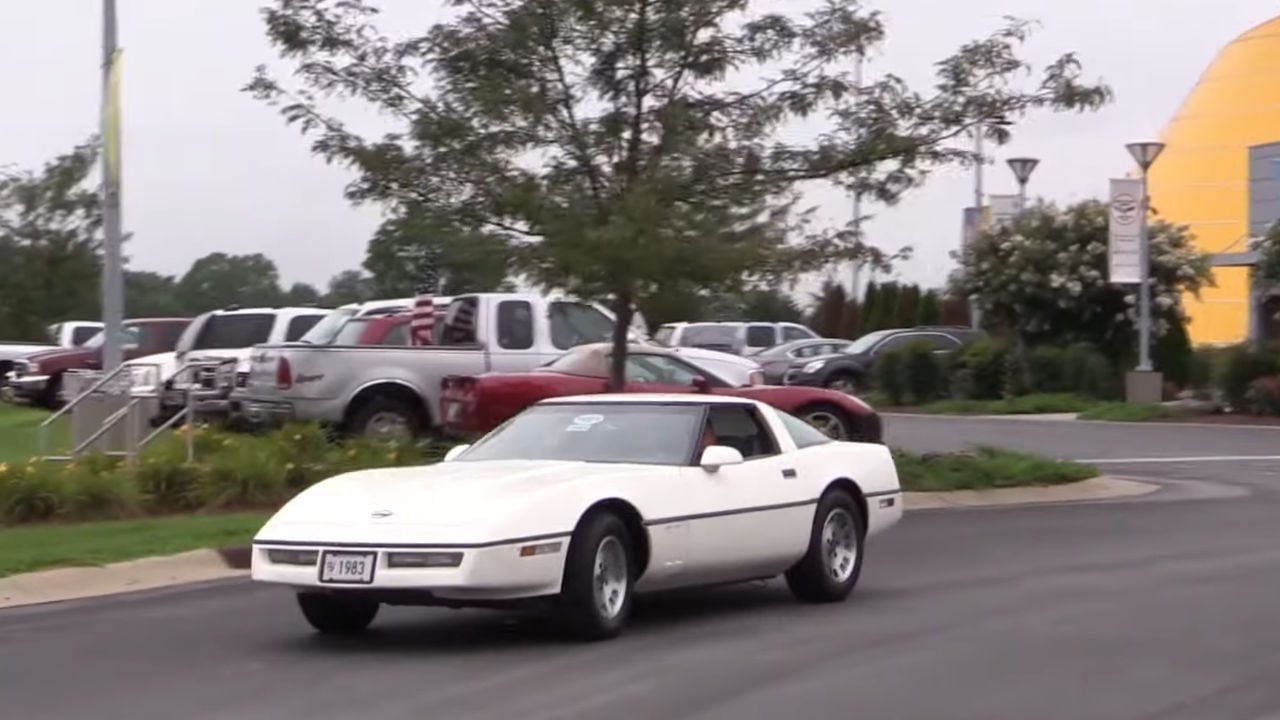
Only one model of the 1983 Chevy Corvette exists. The production of this model year Vette was delayed due to emissions compliance, forcing GM to introduce the ‘84 model instead. Still, GM had already released brochures of the ‘83 model, and 43 pre-production cars were built. Later, all were destroyed apart from one. You can check it out at the National Corvette Museum in Kentucky.
Most Reliable Pacemaker in History
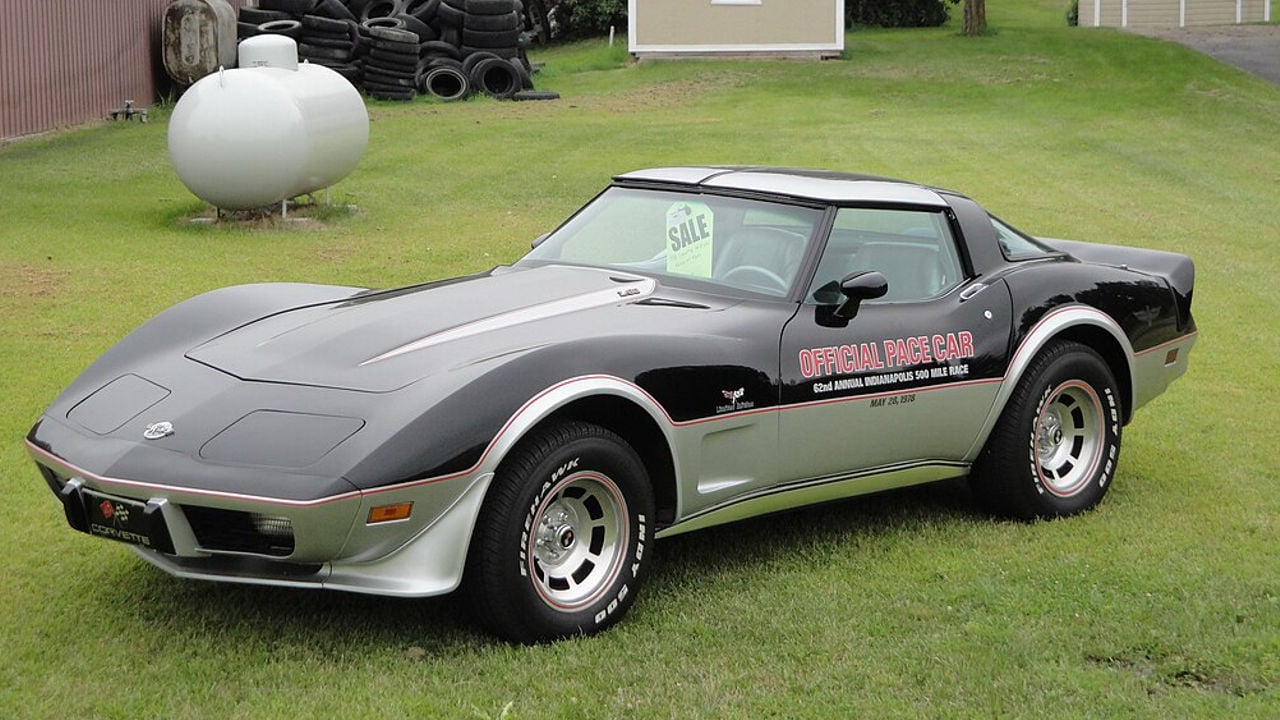
There’s no doubt that the Corvette has been a fast car. It’s won lots of accolades over the years when it comes to automotive performance. But among the most priced mentions in history is its stint at the Indianapolis 500 endurance race. It broke the record for being a pace car eighteen (18) times between 1978 and 2021.
The 1953 Debut Corvette Only Came in Two Options
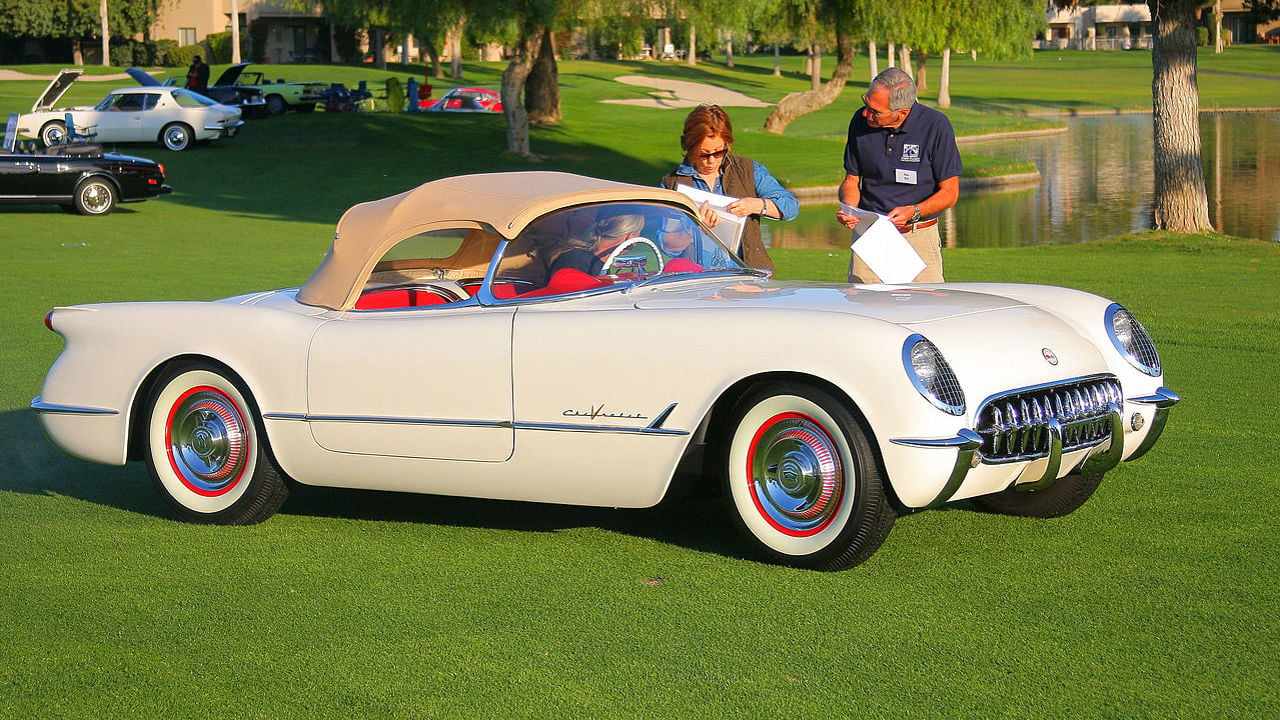
Corvette lovers and enthusiasts are indebted to Harley Earl for his design of the first-ever Vette, a release that, over the years, has led to a remarkable American sports car. And while it’s impossible to think the first Corvette was valued at a little over $31,000 (inflation-adjusted from $3,500), it’s puzzling that such a world-famous car only came with two options when it debuted. A heater and AM radio. While current racers would embrace it due to weight reduction, conventional users wouldn’t stomach it.
Sub-3 Corvettes Are Old News
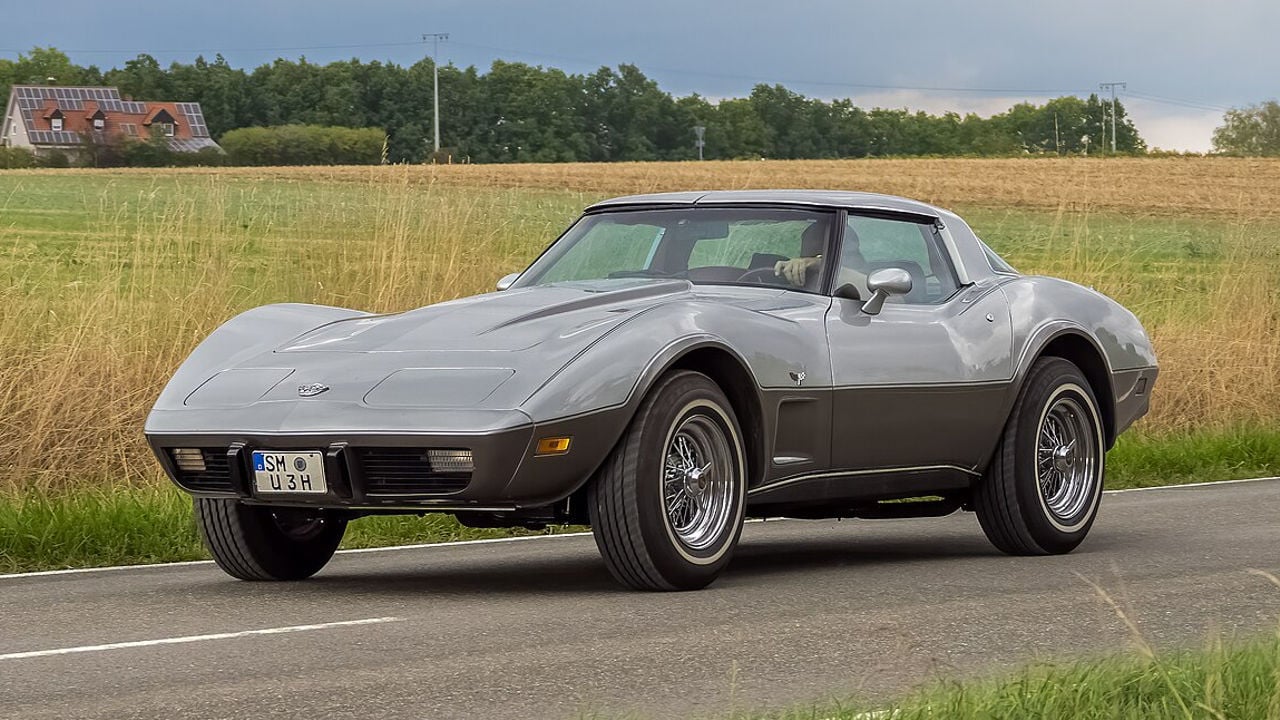
“I asked for a 10-second car, not a 10-minute car.” these were the famous words by Dom to Brian (film character) two decades ago when the Fast and Furious (2001) movie debuted. Sub-10 cars were glorified and were the mark to beat by most tuner cars.
Well, recent Corvettes have been hailed as sub-3 seconds cars. But GM might have been hiding the secret to that record. In 1969, GM showcased a prototype that packed a 7.5-liter V8 (LT2) and did 0-60 mph in 2.8 seconds. Blast from the past?
Born in Michigan but Raised in the Midwest
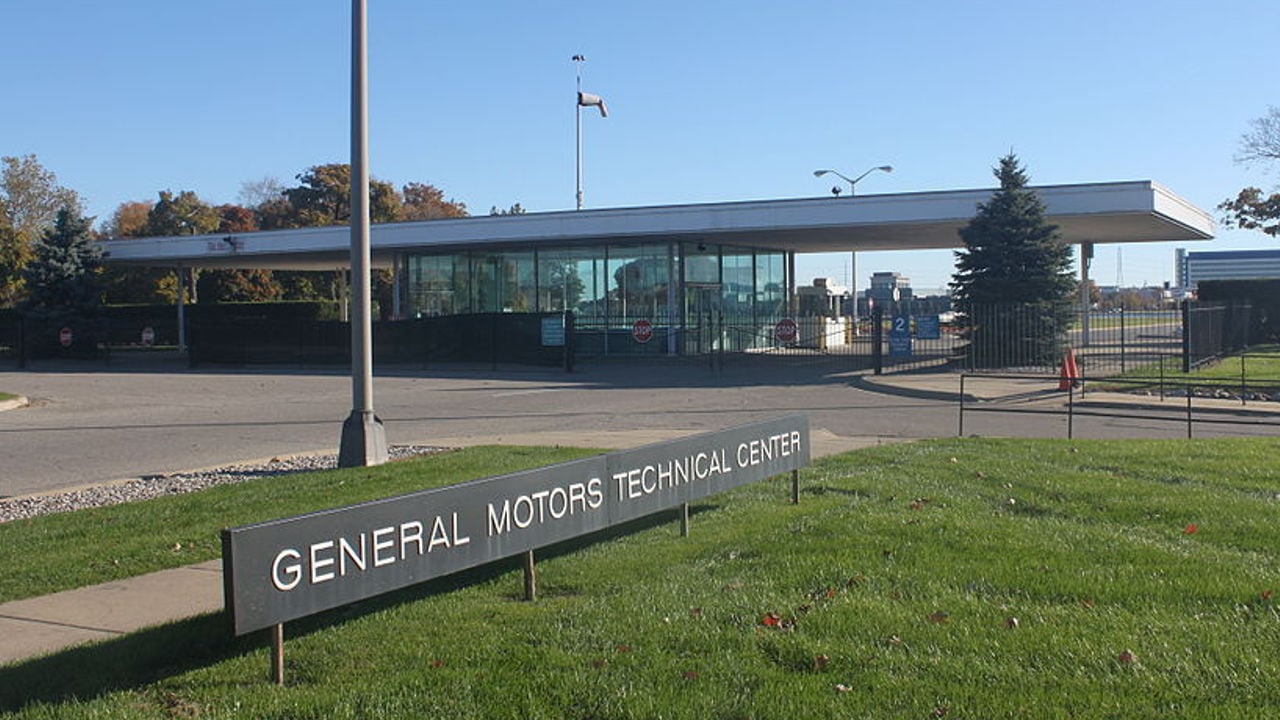
All Chevy Corvettes are developed at the General Motors plant in Bowling Green, Kentucky. That’s always been the case since 1981. Before that, Corvettes dropped off the assembly line from the St. Louis assembly plant. However, the first official Chevrolet Corvette rolled off the Flint, Michigan, assembly line 1953.
Fastest Car in Reverse

Well, believe it or not. The Corvette is the world’s fastest car driving in reverse. This record, recognized by the Guinness Book of World Records, was set by Scott Burner driving a C7 Corvette with a top speed of 54 mph. Burner drove his Corvette for a mile in 1:15.18 minute(s): second(s) topping out at 54 mph. He completed the record at the National Corvette Museum’s racetrack in Kentucky.
- SEO Powered Content & PR Distribution. Get Amplified Today.
- PlatoData.Network Vertical Generative Ai. Empower Yourself. Access Here.
- PlatoAiStream. Web3 Intelligence. Knowledge Amplified. Access Here.
- PlatoESG. Carbon, CleanTech, Energy, Environment, Solar, Waste Management. Access Here.
- PlatoHealth. Biotech and Clinical Trials Intelligence. Access Here.
- Source: https://teslatale.com/corvette-facts/
